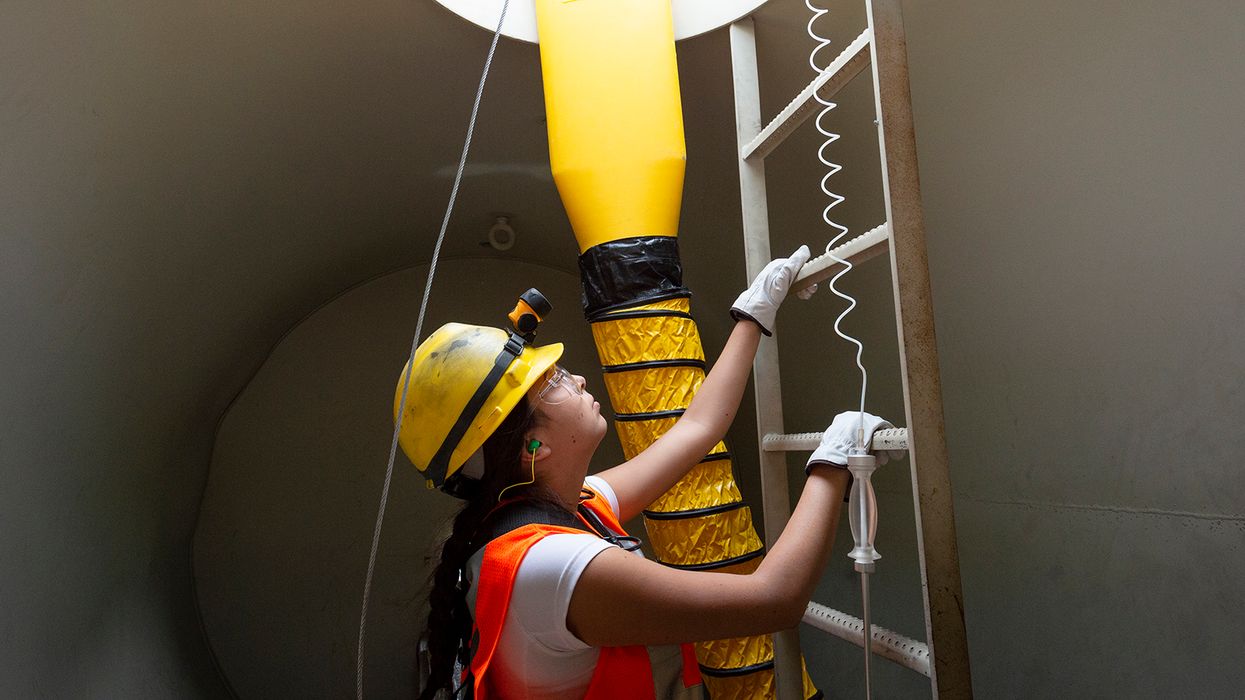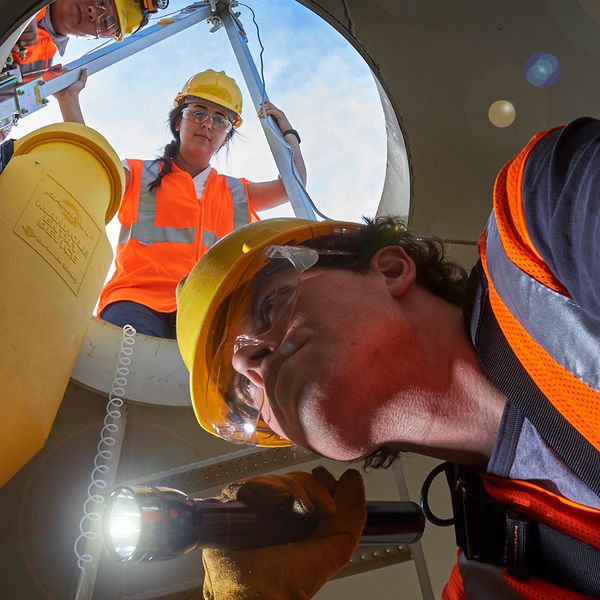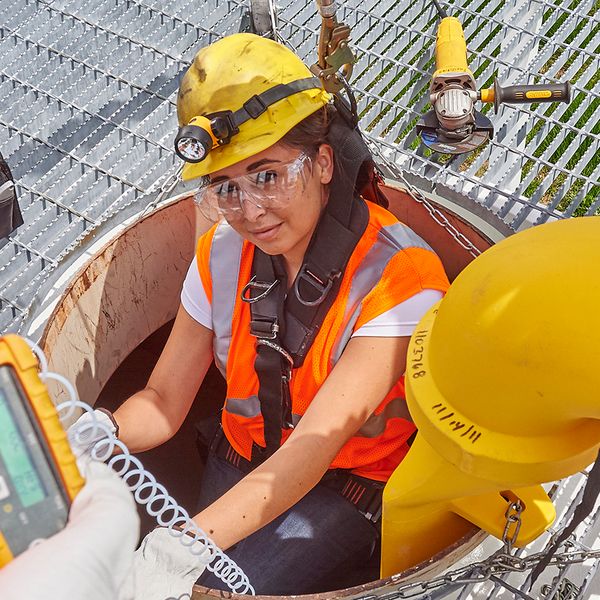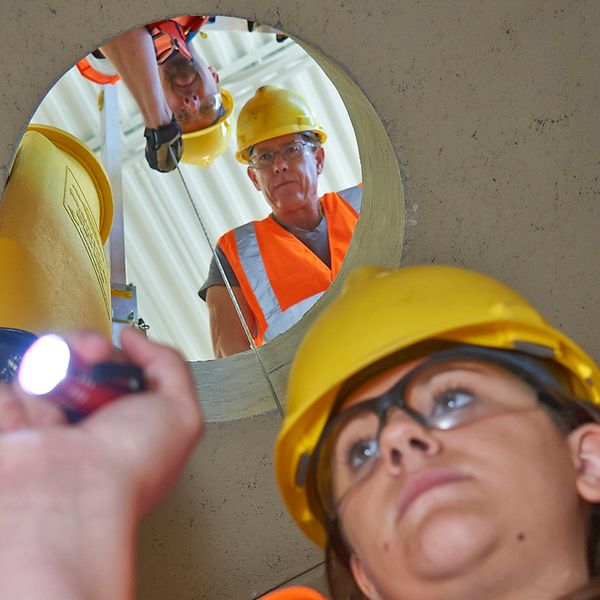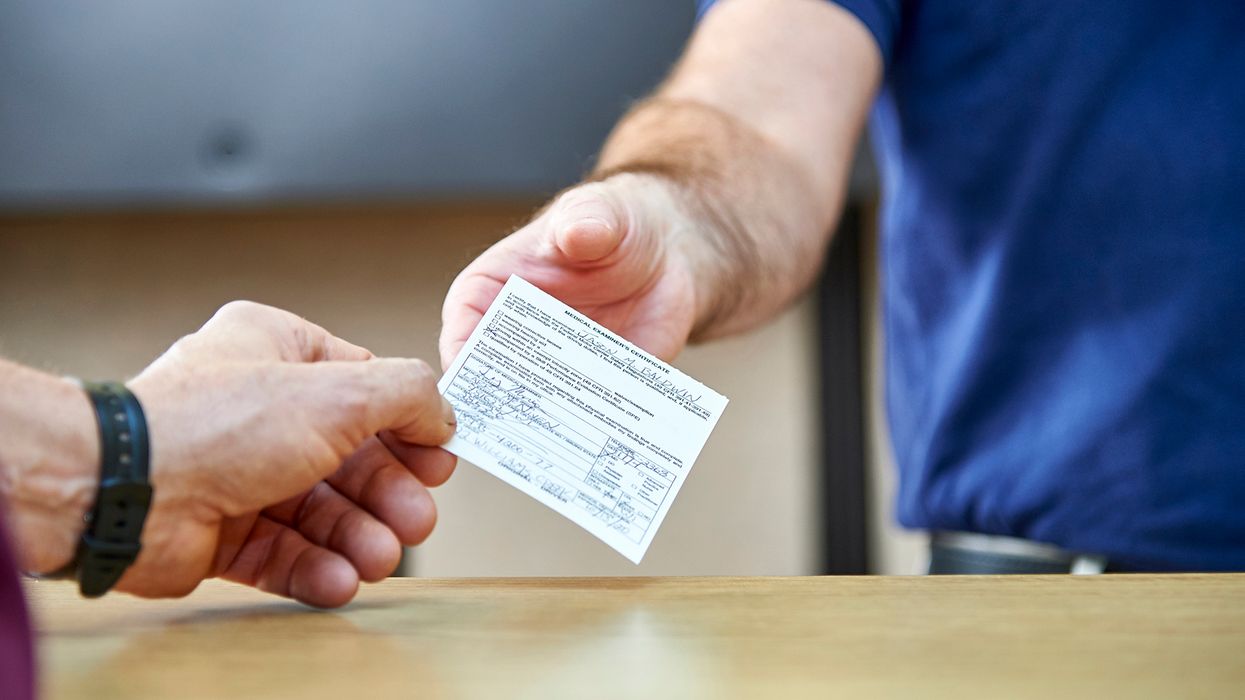7 challenges of confined space entry (and how to overcome them)
Recent data shows that the annual number of confined space fatalities is growing. According to the U.S. Bureau of Labor Statistics, there were an average of 96 confined space fatalities per year between 2005-2009. But between 2011-2018, that number grew to an average of 129 fatalities per year.
What does confined space safety look like at your facility? Are your workers prepared? Or will they become another statistic?
Here are some of the key challenges of confined space entry, and how to overcome them.
1. Lack of training and awareness: Inadequate training and awareness among workers about the confined space hazards can lead to accidents and injuries. Confined space incidents have also been linked to insufficient training on proper entry procedures, monitoring, and emergency response.
- Develop and implement comprehensive training programs that have been tailored to the specific hazards and spaces within your workplace.
- Conduct regular refresher training sessions to help reinforce initial training and maintain hazard awareness, knowledge, and skills associated with confined spaces.
2. Complacency and risk-taking behavior: Workers may become complacent or engage in risky behavior when entering confined spaces, especially if they have performed similar tasks without incident in the past. This can lead to increased chances of incidents.
- Remind workers regularly of the importance of following safety procedures when entering confined spaces with safety meetings, toolbox talks, and signage in the workplace.
- Encourage open communication and provide a feedback loop to help identify and address complacency or risk-taking behavior before it leads to accidents or injuries.
3. Insufficient risk assessment: Not addressing all risks before entering a confined space can result in overlooked hazards. Without a thorough evaluation of the work environment and potential hazards, workers may be ill-prepared to address unforeseen dangers during entry. This increases the likelihood of incidents or injuries.
- Establish a systematic risk assessment process, including ways of identifying potential hazards, evaluating their likelihood and severity, and determining appropriate control measures.
- Ensure that the risk assessment process is documented, regularly reviewed, and communicated to all workers involved in confined space entry.
4. Ineffective hazard communication: Poor communication of hazards and safety procedures among workers, supervisors, and contractors can lead to misunderstandings and mistakes. Clear and effective communication is essential for ensuring that all personnel involved are aware of the hazards present and the necessary safety measures.
- Provide thorough training to all authorized and affected personnel, including workers, supervisors, and contractors, on hazards and safety procedures.
- Foster a culture of open communication where workers (and contractors) feel comfortable reporting hazards and discussing safety concerns.
5. Inadequate supervision and oversight: Lack of supervision during confined space entry can result in workers taking unnecessary risks or overlooking critical safety measures. Remember, OSHA requires active participation from the entrant, attendant, and supervisor.
- Clearly define the roles and responsibilities of the confined space entrant, attendant, and supervisor and ensure that each person understands their specific duties.
- Supervisors should be knowledgeable about confined space regulations and actively monitor the entry process to ensure compliance and address any issues that arise.
6. Not following the established permit process: Permit procedures establish specific precautions and control measures such as atmospheric monitoring, ventilation, lockout/tagout procedures, and personal protective equipment requirements. Failure to follow these procedures can leave workers vulnerable to harm.
- Ensure that all confined space entry personnel receive thorough training on the importance of the permit process.
- Conduct regular audits and inspections of your permits to verify that the required precautions and control measures are being followed and to identify areas for improvement.
7. Failure to establish and implement a comprehensive rescue plan: A comprehensive rescue plan should outline the equipment, tools, and training necessary for confined space rescue operations. Without an adequate rescue plan in place, your rescue efforts can quickly turn into a recovery process.
- Select an appropriate rescue team and develop an adequate rescue plan – relying on 911 is not an option.
- Ensure that all personnel involved in confined space entry receive proper training on the rescue plan and the use of rescue equipment.
Key to remember: It is essential for employers to enforce strict adherence to confined space permit and entry procedures. You must also provide comprehensive training, establish clear accountability for compliance, and foster a culture of safety where employees choose to prioritize the safety of themselves and those around them.

